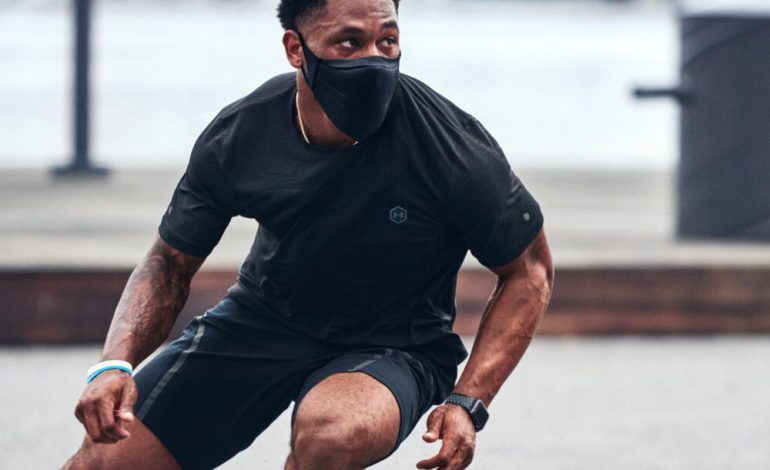Why exercising with a mask on is dangerous

Since the Covid-19 pandemic begun, many people have resorted to exercising either to keep fit or to just improve their mental health. But if you pay close attention, a good number of people are exercising with their masks on. It is important to note, that as you strive to keep fit, you could be doing more harm than good to your body.
According to the conversation.com, a surgical mask increases resistance to airflow. So wearing a mask during exercise places a further strain on airflow as you breathe faster and harder when you are exercising.
Breathing may not be very strenuous when you are doing low to moderate exercises. But when you are doing very heavy exercises such as football or rugby, you will feel the impact especially when you have a mask on.
“When we do heavy exercise, our muscles produce lactic acid, which causes that burning sensation. It is then converted to carbon dioxide and exhaled. But what happens if the carbon dioxide is trapped by the mask? As you move from moderate to heavy exercise, you may be re-breathing carbon dioxide, which can reduce cognitive function and increase breathing rate,” part of the article on the conversation.com website states.
Oxygen also reduces significantly in the recycled air, which resembles exercising in a high altitude. This could cause altitude-sickness symptoms such as dizziness, headache, fatigue or shortness of breath.
The World Health Organization has also discouraged people from exercising with masks as they may reduce the ability to breathe comfortably.
“Sweat can make the mask become wet more quickly which makes it difficult to breathe and promotes the growth of microorganisms. The important preventive measure during exercise is to maintain physical distance of at least one meter from others,” WHO cautions.
People with underlying cardiovascular or respiratory conditions are advised to exercise indoors without face masks. Those who have not exercised in a long time, should avoid doing heavy exercises with a mask on as they could experience dizziness and may even faint.




